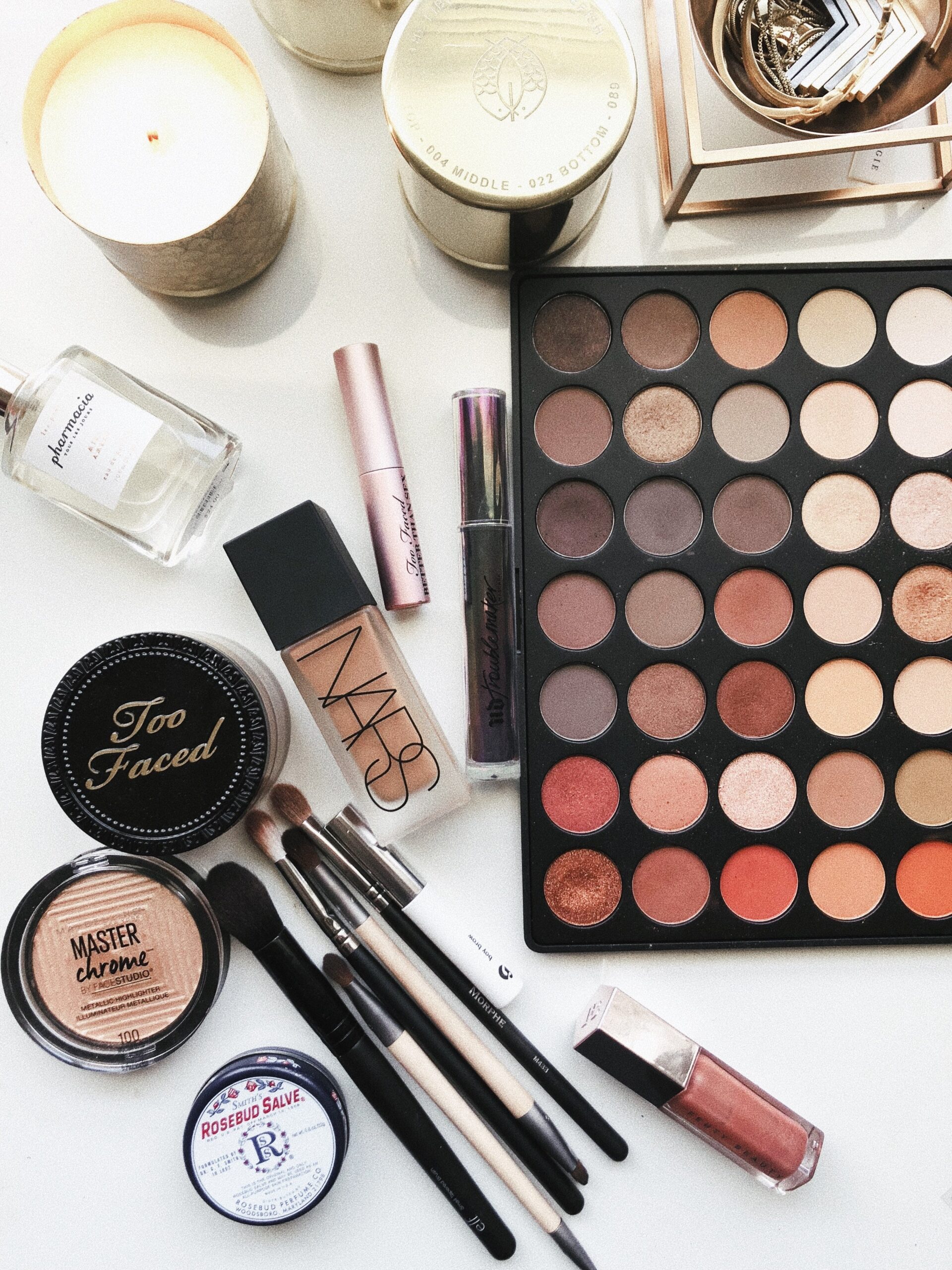Egg freezing — or mature oocyte cryopreservation, if you want to get formal — is on the rise in the United States. In 2009, 475 women froze their eggs; in 2015 it was up to 6,207 women, and in 2016 to 8,800, according to data available from the Society for Assisted Reproductive Technology. Researchers from Yale projected some 76,000 egg freezing cycles would take place in 2018.
For many women who find themselves single in their thirties, investing in the fertility insurance policy egg freezing offers make sense. But the process isn’t always as successful or simple as many women mistakenly believe — emotionally or financially.
“It’s a very complex and nuanced discussion,” Dr. Paula Brady, a reproductive endocrinologist at Columbia University Fertility Center, told Refinery29. It’s important to talk about expectations “and how much of an insurance policy it really is.”
Here’s what to know when you’re considering the process.
How does it work?
At home, you’ll inject yourself with synthetic hormones to stimulate your ovaries so they will release multiple eggs rather than the standard single. Your doctor will monitor your response to the medications with blood tests. Transvaginal ultrasounds will monitor the development of the follicles where the eggs mature. Retrieval of the mature eggs will happen in your doctor’s office or at a clinic under sedation. This may involve another transvaginal ultrasound. A needle is guided into a follicle, while a suction device connected to the needle removes the egg from the follicle. You may harvest up to 15 eggs per cycle, and according to the Mayo Clinic, the more eggs retrieved the better the chances of birth. Then, through a process called vitrification, your eggs are instantaneously frozen to subzero temperatures.
What are the success rates?
A common misconception is that one harvested egg equals one future baby. Dr. Jaime M. Knopman, a reproductive endocrinologist and director of fertility preservation at CCRM New York, said it’s the most common misperception she hears from patients: “I have 10 eggs, I have 10 babies on ice,” she told Refinery29. “That is not the case, not at all.”
Statistics vary on how far from reality that assumption is. A 2016 study by researchers in Spain predicted that women 36 and older who freeze 10 eggs have a 29.7 percent chance of giving birth. The American Society for Reproductive Medicine puts the odds for a live birth from thawed eggs for a woman under the age of 38 between two to 12 percent. Why the low odds? There’s a lot that needs to happen between egg freezing and baby delivery.
“I think patients may be under the misimpression that we’re just going to put the eggs back in your body,” Dr. Janis Fox, an assistant professor of reproductive endocrinology and infertility at Harvard and Brigham and Women’s Hospital, told the New York Times.
There are actually several additional steps. First, some eggs are typically lost in the thaw. After an egg is successfully fertilized, it must grow into an embryo for about five days, after which it is screened for genetic abnormalities, and then implanted in the womb and carried to term. The odds of success at each step are far below 100 percent.
What should you ask a clinic?
Clinics should be accredited by either the Joint Commission on Accreditation of Healthcare Organizations or the College of American Pathologists, and most doctors recommend clinics be affiliated with the Society of Assisted Reproductive Technology, the leading professional organization, which audits clinics and keeps success rate data.
Jake Anderson, a founder of Fertility IQ, a website that provides assessments of fertility doctors, recommends asking the clinic’s fertilization rate. “If it’s below 70 percent, it’s a nonstarter,” he said. Ask also about the embryo conversion rate — the percentage of fertilized eggs that become embryos. “Below 40 percent you should walk out the door; 40 to 50 percent — that’s a stay, they’re competent.” Above 50 percent, is “pretty spectacular,” he said.
When should you do it?
It might seem like the earlier the better, but you could be paying for decades of storage costs and the long-term shelf-life of frozen eggs is unknown.
“Assuming you have normal fertility and nothing unusual in your family history, there’s definitely a point where it’s too early, and we don’t know what the shelf life of these eggs are,” Dr. Fox told The New York Times. She also cited a study saying “the most effective age to do it was 34 but the most cost-effective age to do it was 37.”
How much does it cost?
Speaking of cost, how much is this going to set you back? A single cycle of egg freezing starts at about $5,000 to $8,000, and remember, many women undergo more than one cycle. Then you have to pay to keep those eggs nice and cold, and annual storage fees can range from $300 to more than $1,000. Egg thaw, fertilization, and embryo transfer procedure cost approximately $5,000.
Are there risks for the baby?
About 5,000 babies have been born from frozen eggs according to the University of Southern California’s fertility center, and the largest published study of more than 900 babies born from frozen eggs showed no increased rate of birth defects. A study in 2014 showed that pregnancy complications were not increased after egg freezing. Data, though, is preliminary. More than 20,000 American women have had their eggs frozen, but an estimated 85 percent have not yet had their eggs thawed, The New York Timesreports. It will take years of follow-up studies to determine whether babies born from egg freezing technology have higher rates of birth defects.
The bottom line
For many women, the decision to freeze their eggs is empowering and confidence building. Just remember, though, that the physical, emotional, and financial investment is, like any bet, not a sure thing.
“This can improve your chances of having your own biological child,” Dr. Fahimeh Sasan, a founding physician at New York City’s egg-freezing fertility clinic, Kindbody, told Refinery29. “We’re not selling a guarantee and no one should be.”











